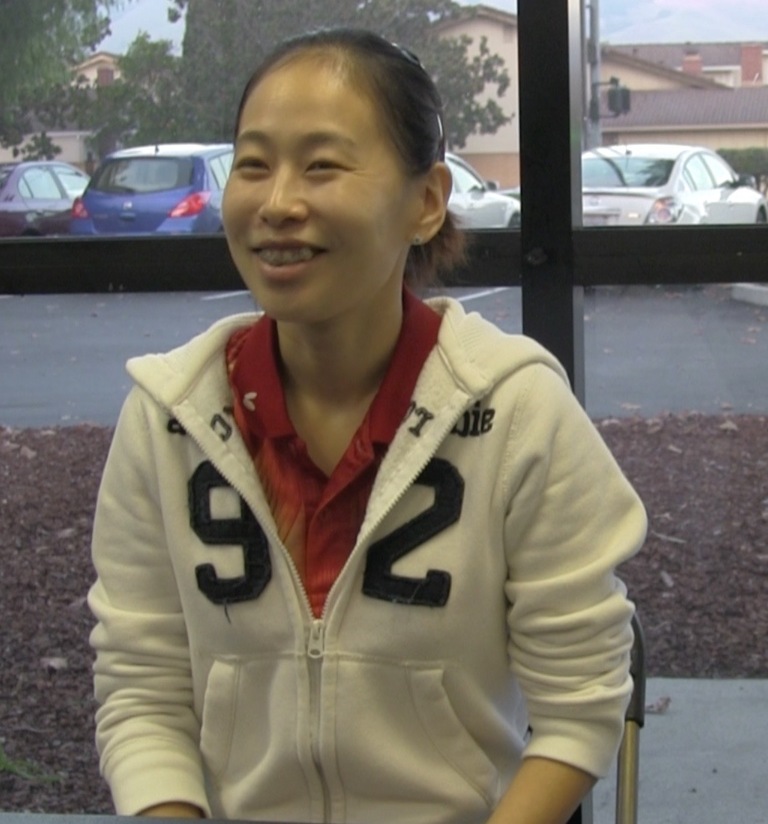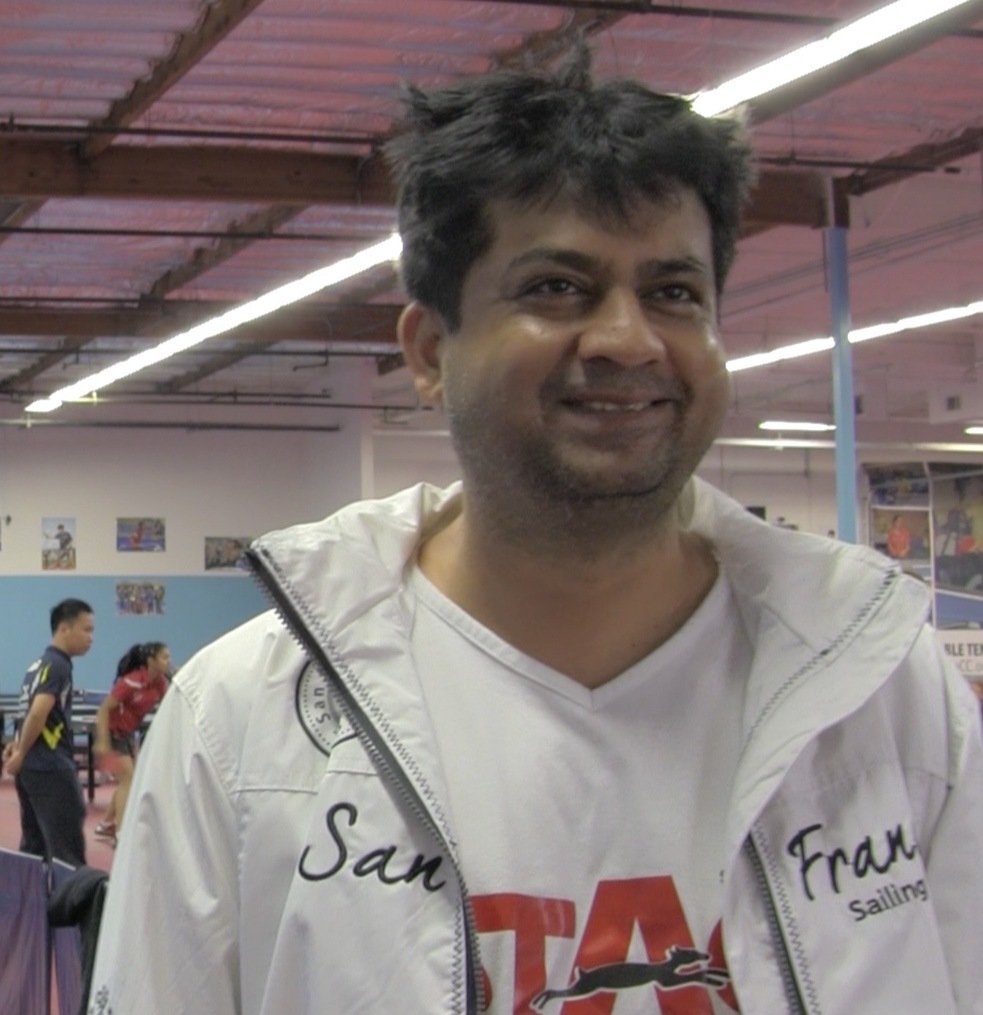Like most of his friends in 10th grade, Krishnateja Avvari does a lot of homework and, in his free time, loves hanging out with friends or watching television. But in the evenings, he steps inside a building on the main street in the quiet city of Milpitas and prepares for his daily combat.

Avvari is among a group of half a dozen young athletes who are training for the 2016 Summer Olympics at the India Community Center’s Table Tennis facility. “I really want to make the Olympics next year. It means a lot to me,” said the 15-year-old, who has been practicing two hours a day in preparation for the February Olympic trials.
Since it was built more than a decade ago, the facility has broadened the attention the sport has received in the United States. It produced three of the four players who represented the United States in the 2012 London Olympics. Ariel Hsing, an Olympian from 2012, is from San Jose and now studies at Princeton University. Lily Zhang, also part of the U.S. Olympic team, is from Palo Alto. Timothy Wang, a Texas native, trained here.
Avvari and Kunal Chodri, a 16-year-old from Fremont, are said to be the top contenders among the men to qualify for the 2016 Summer Olympics in Rio de Janeiro, Brazil. Among the women, it’s Zhang and Jiaqi Zheng, a 27-year-old student of Northwestern Polytechnic University in Fremont.
“The media never really covered table tennis before. But after [the] 2012 [Olympics], table tennis has gained a lot of popularity,” said Rajul Sheth, the executive director of the center. Sheth, who is originally from India, represented the state of Gujarat in table tennis tournaments and played in the Indian national circuit for nearly 14 years.
Sheth came to the United States in 2002 and was itching to do something with the game here. India Community Center, a nonprofit set up by Indian-American entrepreneurs Anil and Gautam Godhwani, offered to help. (ICC itself has two other centers — a main building two miles away from the table tennis facility, and another center in Cupertino. Both serve as hubs of cultural activities for the Indian community in the Bay Area.)

“We started in 2003 with two to three tables in the lobby of the India Community Center building, with around six kids. Now we have 200 kids who play here,” Sheth said.
The facility measures 20,000 square feet, with 30 tables and 12 full-time coaches on the floor. Paddles smash, shoes squeak and players grunt, as the shouts of coaches echo through the hall. Parents sit on the sidelines, observing their kids with pride and offering an occasional word of encouragement.
Bay Area demographics are conducive to the surge in local popularity of the game, as table tennis is popular among the Asian-American community. Census data from 2014 estimates the Asian population in Alameda County at 28.9 percent (of about 1.6 million) and in Santa Clara County at 34.9 percent (of about 1.9 million).
According to Sheth, 40 percent of the kids are Indian and 40 percent are Chinese. “A large majority of parents have played table tennis back in their home countries, so they want their children to take it up as well,” he said.
Chodri said he started playing because his father played in college back in India. Michael Sung, whose 11-year-old twin daughters, Joanna and Rachel, have been playing here for nearly four years, has a similar story. The Fremont-based engineer and his wife encouraged their girls to take up the sport because he and his wife played it in their home country, Taiwan. “Table tennis was how we met. We loved it; we thought our kids would like it, too,” he said. They do; they’ve gone to tournaments in Canada and China, and Sung dreams that, perhaps, they will represent the U.S. in the 2020 Olympics.
Table tennis in Rio
The young athletes are focused on national trials this month, with the Olympic trials soon after in February. According to Olympics rules, only one country from the North American region can make it to the final event. The battle is between Canada and the U.S., and the young athletes of India Community Center hope their country is represented.
Massimo Costantini, 57, a former Olympic player for Italy, and now a coach at the facility, believes the club stands a good chance in the women’s game, and perhaps even a spot in the men’s section. “The challenge is to ensure [players] peak at the right time. Winning in the nationals will be a good confidence boost,” said Costantini, who coached the Indian national team before coming to the Bay Area.
Costantini and all the players underscored the fact that table tennis is a mental game. “I prepare them in discipline and how to respect their bodies and to have a different attitude with their bodies,” he said.
With stakes so high, the stress can take a toll on these youngsters.
Avvari’s father, Murthy Avvari, an engineer with Sony, said they take their son to yoga and meditation sessions on weekends. “It helps him concentrate on his game and not worry about the results,” he said.
But what is it about the center that makes it a hub for talent? “It’s an environment with healthy competition. You can see your entire table tennis career at glance, under one roof. The little one wants to do better; the better ones want to be at the top; the ones at the top want to remain there,” Costantini explained, gesturing across the room to show all three levels — beginners, intermediate and advanced — playing at the same time. Sheth also credits the coaches for the center’s success.
As Avvari, Zheng and team walk out after an exhausting session, a batch of younger children walked in, equipment and parents in tow, and eyes filled with hopes of reaching table tennis greatness.
